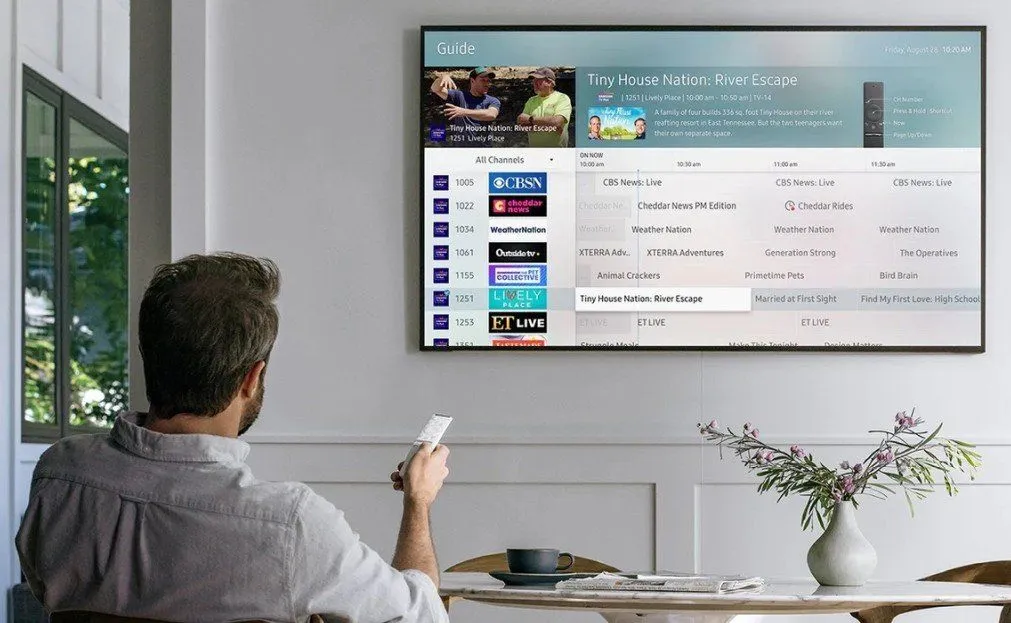In the realm of electrical and data connectivity, Sub-D hoods are often considered unsung heroes. These small, seemingly unremarkable components play a vital role in safeguarding your valuable connections and ensuring optimal performance. In this comprehensive guide, we will delve into the world of Sub D hood, exploring their functions, types, applications, and why they are indispensable in various industries.
What Are Sub-D Hoods?
Sub-D hoods, also known as D-Sub hoods or connector hoods, are protective enclosures designed to shield and secure Sub-D connectors. Sub-D connectors are often associated with the D-subminiature family of connectors, which come in various sizes, such as 9-pin, 15-pin, 25-pin, and 37-pin configurations. Sub-D hoods are custom-fit to the corresponding Sub-D connectors, providing an extra layer of protection against environmental factors, mechanical stress, and EMI (Electromagnetic Interference).
Types of Sub-D Hoods
Sub-D hoods are available in different types and materials to suit various applications. The key types of Sub-D hoods include:
- Plastic Hoods: These are cost-effective and lightweight, suitable for applications where environmental protection is not a primary concern. They offer basic protection and strain relief.
- Metal Hoods: Made from rugged materials like die-cast aluminum, metal hoods provide excellent EMI shielding and robust mechanical protection. They are ideal for applications where durability and shielding are crucial.
- Backshells: Backshells are hoods with a cylindrical design that surrounds the connector cable entry point. They offer excellent strain relief and additional protection against mechanical stress.
- Top Entry and Side Entry: Sub-D hoods come in top entry and side entry designs, allowing flexibility in cable routing and installation.
Applications of Sub-D Hoods
Sub-D hoods find applications in a wide range of industries and scenarios, including:
- Data and Communication: In the world of data transmission, Sub-D hoods provide essential protection for connectors used in serial communication, networking, and telecommunication applications.
- Industrial Automation: Sub-D hoods are commonly employed in industrial automation systems, safeguarding connectors in control panels, PLCs (Programmable Logic Controllers), and motor control centers.
- Aerospace and Defense: In the aerospace and defense sectors, Sub-D hoods are critical for ensuring reliable and secure connections in mission-critical applications, including avionics and military equipment.
- Medical Devices: Medical equipment relies on precision connections, and Sub-D hoods help protect connectors used in diagnostic devices and medical instrumentation.
- Test and Measurement: In laboratories and testing environments, Sub-D hoods protect connectors used in equipment like oscilloscopes, signal generators, and data acquisition systems.
Selecting the Right Sub-D Hood
When choosing a Sub-D hood for your application, consider the following factors:
- Connector Size: Ensure that the hood matches the size of your Sub-D connector (e.g., 9-pin, 15-pin, 25-pin).
- Material: Select the material based on your environmental requirements. Metal hoods are ideal for EMI protection and durability, while plastic hoods are suitable for less demanding environments.
- Entry Type: Determine whether a top entry or side entry hood best suits your cable routing needs.
- Additional Features: Some hoods come with cable clamps, strain relief, or sealing options, providing extra protection in challenging conditions.
Conclusion
Sub-D hoods are the unsung heroes of connector protection, offering essential safeguards for valuable connections in a wide array of industries. Whether you’re working in data communication, industrial automation, aerospace, or any other field, Sub-D hoods ensure the longevity and reliability of your connections. By understanding their functions, types, and applications, you can make informed decisions when selecting the right Sub-D hood for your specific needs, safeguarding your connections against the challenges of the modern world.



